Termite infestations are a common yet often underestimated problem in many households. These pests, known for their wood-eating habits, can cause significant structural damage to homes and buildings if left unchecked.
The critical issue with termites lies not just in their presence, but in their ability to remain undetected for long periods, allowing them to inflict extensive damage before they are even discovered.
Dealing with termite larvae is essential in managing and preventing termite infestations. Larvae are the future of a termite colony, and their successful development ensures the continued growth and expansion of the colony.
Addressing the problem at the larval stage can significantly reduce the chances of a full-blown infestation, saving homeowners considerable stress and financial burden in the long run.
What Are Termites?
Termites are small, soft-bodied insects that are part of the Isoptera order. Often mistakenly called ‘white ants,’ termites differ significantly in their biological makeup and social structure.
They are known for their ability to consume cellulose, a primary component of wood, making them notorious for damaging wooden structures.
Types of Termites: Subterranean, Drywood, and Others
There are several types of termites, but the most common are Subterranean and Drywood termites. Subterranean termites live underground and build distinctive mud tubes to access food sources above ground.
Drywood termites, on the other hand, infest and live directly in wood. Understanding the type of termite is crucial in determining the appropriate treatment method.
Termite Life Cycle: Eggs, Larvae, Termite
The termite life cycle comprises several stages: eggs, larvae, and adult termites. The eggs hatch into larvae, which are nurtured and fed until they mature into either workers, soldiers, or reproductive termites. This lifecycle understanding is key to implementing effective control measures.
Termite Castes: Workers, Soldiers, Queens, Kings
A termite colony is a well-organized system with different castes, each having specific roles. Workers are responsible for gathering food and maintaining the nest, soldiers protect the colony, and the queen and king are central to reproduction. Effective termite management often involves strategies targeting specific castes.
What do Termite Larvae Look Like?
Termite larvae are often mistaken for other pests due to their small size and pale color. They are typically creamy white, resembling the workers in color but are smaller in size.
Recognizing these larvae is crucial for early intervention. They are usually found deep within termite colonies and require careful inspection to identify.
Size and Stages of Termite Larvae
Termite larvae are tiny when they hatch from eggs and gradually grow as they molt and progress through various developmental stages. It’s important to understand that termite larvae do not resemble typical caterpillar-like larvae seen in other insect species.
Instead, they are smaller versions of adult termites, minus the developed wings and reproductive capabilities.
Termite Larvae vs. Other Insects
Distinguishing termite larvae from other insects like maggots (fly larvae) or carpenter ant larvae is crucial. Maggots are generally found in decaying organic matter and are more elongated, while termite larvae are found in wood and have a rounder, softer body.
Similarly, carpenter ant larvae are larger and have a distinct head and thorax, unlike termite larvae.
Identifying Termite Eggs
Termite eggs are small, white, and oval-shaped, often found in clusters within the colony. Identifying termite eggs is a rare occurrence for the average homeowner, as they are usually hidden deep within the nest and are primarily attended to by worker termites.
How to Detect Termite Infestations in Your Home?
Termites, often called the “silent destroyers,” can wreak havoc on your home without a visible trace, until the damage is significant. Detecting these elusive pests early is crucial in preventing extensive damage and costly repairs. Here’s a comprehensive guide to identifying termite infestations, ensuring you’re well-equipped to spot these unwelcome guests before they become a larger problem.
Key Indicators of Termite Activity
- Mysterious Clicking Sounds: If you hear faint clicking noises from your walls, it’s not just your house settling. Soldier termites, the colony’s protectors, create these sounds by tapping their heads against wood surfaces as a warning signal when they sense danger.
- Wood Damage Undercover: Termites primarily feed on wood, leaving behind a trail of destruction. Look for unexplained holes or craters in wooden structures like door frames, skirting boards, and hardwood floors. These signs often go unnoticed until substantial damage has occurred.
- Wing Piles: The Aftermath of Swarming: Termites shed their wings after swarming to start a new colony. Finding small, translucent wing piles near windowsills or doors is a clear sign of a nearby termite colony setting up residence.
- Frass: Termite Droppings Unveiled: Termite feces, or frass, is often mistaken for sawdust. These tiny, pellet-shaped droppings are a telltale sign of drywood termite activity and can usually be found near their entry points into wood.
- Hollowed Out: The Echo of Destruction: Termites devour wood from the inside out. Tapping on wood that sounds unusually hollow or produces a dull thud can indicate that termites are feasting within.
- Direct Sightings: The Conclusive Proof: Spotting live termites is a surefire indication of an infestation. These insects, often mistaken for ants, have straight antennae, a uniform waist, and, when reproductive, two pairs of equal-length wings.
- Mud Tubes: The Termites’ Highway: Subterranean termites construct mud tubes to travel between their underground colonies and food sources. These pencil-thick tunnels along your property’s foundation or exterior walls are a significant red flag.
- Paint Distress: More Than Meets the Eye: Peeling or bubbling paint is often attributed to moisture issues but can also be a result of termite damage. As termites munch on and warp wood, they let moisture seep through, affecting the paint above.
Proactive Steps to Take
- Regular Inspections: Engaging in routine checks around your home, especially in less-frequented areas like basements and attics, can help in early detection.
- Professional Consultation: If you suspect termite activity, consult a pest control expert promptly. They can confirm the presence of termites and advise on the appropriate course of action.
Termite Behavior and Habitat
Termite larvae primarily feed on cellulose, a key component of wood. In a colony, worker termites digest the wood and feed it to the larvae, ensuring their growth and development. Understanding the dietary habits of termite larvae is vital for implementing effective control and prevention strategies.
Where to Find Termite Larvae in Your Home
Termite larvae are typically located deep within the colony, which can be nestled in infested wood, soil, or mud tubes. Common places in a home include wooden structures like framing, furniture, and flooring, especially where there is moisture damage, as termites thrive in moist environments.
Understanding Subterranean Termite Behavior
Subterranean termites are known for their underground colonies and mud tubes, which they use to access food sources above ground while maintaining a moist environment. They are the most destructive type of termite due to their aggressive wood consumption and ability to remain undetected for long periods.
How Termite Colonies Start and Grow?
Termite colonies start with a mating flight, where reproductive termites (alates) swarm out, pair up, and establish new colonies. Once a suitable nest site is found, the queen begins to lay eggs, gradually establishing a full colony consisting of workers, soldiers, and new reproductives. The colony grows and expands over time, potentially housing thousands to millions of termites.
Addressing a Termite Infestation
The battle against termite infestations is a critical concern for both homeowners and businesses. As the United States Environmental Protection Agency (EPA) highlights, billions are spent annually on termite damage control.
Understanding the type of termite infestation and employing the right strategy is crucial for effective management.
Identifying the Termite Species
Drywood vs. Subterranean Termites: The first step in addressing a termite infestation is to identify the termite species. Drywood termites typically nest within wooden structures and are larger, while subterranean termites build colonies underground and create mud tubes for mobility.
Their nesting habits and colony sizes differ, necessitating tailored treatment approaches.
Drywood Termite Eradication Strategies
Understanding Drywood Termites: Drywood termites, often found in warmer coastal regions, form smaller colonies but can cause significant damage due to their wood-nesting habits. They require targeted treatment methods.
- Localized Treatments: For confined infestations, localized treatments like injecting termiticides directly into the wood or applying surface sprays can be effective. Boric acid is a commonly used agent that acts as a stomach poison for termites, causing dehydration and death. However, caution is advised when using it indoors due to its toxicity to pets and children.
- Essential Oil Treatments: For a more natural approach, essential oils such as orange or neem oil can be effective for minor infestations. These oils disrupt the termites’ reproductive cycle and molting process. A homemade solution using these oils can be applied to affected areas but may require repeated applications for full efficacy.
- Professional Extermination: In cases of extensive drywood termite infestations, professional extermination services are advisable. Companies like Terminix or Orkin specialize in comprehensive termite control, offering solutions that extend beyond the capabilities of DIY methods.
Subterranean Termite Control Techniques
Combatting Subterranean Termites: Subterranean termites, with their larger colonies, pose a different challenge. They require more extensive treatment methods due to their nesting habits and the vastness of their colonies.
- Biological Control with Nematodes: Beneficial nematodes are a natural and effective method to combat subterranean termites. These microscopic parasites infect and kill termites, offering a safe and eco-friendly solution, especially for outdoor infestations.
- Insecticide Treatments: Insecticide foams like Termidor are effective for reaching termites in hard-to-reach areas. The foam expands to fill voids and leaves a residual insecticide that kills termites upon contact. Similarly, dust agents can target termites in areas inaccessible to liquid treatments. It’s important to follow safety instructions when using these products, especially around children and pets.
- Bait Systems: Termite baits work by attracting termites to a food source laced with poison. As termites feed and return to their colony, they inadvertently spread the poison, leading to a gradual decline and eventual eradication of the colony.
- Chemical Barriers: Liquid termiticides create a chemical barrier around a property, preventing termites from accessing the home. Termites that come into contact with this barrier transfer the poison to other colony members, effectively reducing the population over time.
Aftercare and Long-term Management
Post-Treatment Monitoring: After implementing any termite treatment, continuous monitoring is essential. This includes regular inspections to ensure the infestation has been fully eradicated and to prevent re-infestation.
Preventive Measures:
Integrating preventive measures such as maintaining a dry environment, sealing entry points, and monitoring for early signs of termites can help sustain a termite-free property.
Professional Follow-Up:
Scheduling follow-up visits from pest control professionals ensures that the treatment remains effective and provides peace of mind that your property remains protected from future termite threats.
Preventing Termite Infestations
Effective Prevention Strategies
- Regular Inspections: Conducting regular inspections of your home can help detect early signs of termite activity.
- Eliminate Moisture: Repair leaking faucets, water pipes, and exterior AC units. Ensure good drainage around the foundation of your home.
- Seal Entry Points: Seal cracks and openings in the foundation and around utility lines or pipes.
- Keep Wood Away from Home: Store firewood, lumber, and paper away from the home’s foundation and elevate them off the ground.
Landscaping and Home Maintenance Tips
- Trim Vegetation: Keep shrubs and trees trimmed away from the house to reduce moisture and eliminate termite hiding spots.
- Proper Ventilation: Ensure crawl spaces, attics, and basements are well-ventilated to reduce humidity.
- Use Termite-Resistant Materials: When repairing or building, use materials that are resistant or less attractive to termites, such as treated wood or metal.
Long-term Solutions and Preventative Measures
- Termite Bonds: Consider purchasing a termite bond from a reputable pest control company, which offers regular inspections and treatment if needed.
- Regular Monitoring: Install and monitor termite bait stations around your property as an early warning system.
Understanding the Cost and Effectiveness of Termite Treatments
Termites, those silent destroyers, are a homeowner’s worst nightmare. These pesky insects can cause significant structural damage, making their effective control and elimination a critical concern.
This guide delves into various aspects of termite treatment, including costs, methods, and prevention strategies, providing homeowners with essential knowledge to tackle this challenge effectively.
Cost Breakdown of Termite Treatments
Here is the Factors:
A. Factors Influencing Cost
- Home Size: Larger homes require more extensive treatment, increasing costs.
- Infestation Severity: The extent and type of infestation (subterranean, drywood, dampwood) dictate treatment complexity and expense.
- Treatment Method: From bait systems to fumigation, each method has its own pricing structure.
- Geographical Location: Costs vary by region due to differences in labor rates and termite species.
B. Average Costs
- Initial Inspection: Approximately $85 to $300, essential for identifying infestation scope.
- Treatment Costs: Range from $230 to $930, averaging around $575. Severe cases, especially those requiring fumigation, can exceed $2,500.
C. Treatment Options and Their Costs
- Bait Stations: Cost-effective, ranging from $7 to $11 per linear foot.
- Termiticide Application: A common chemical approach, costing between $4 to $14.50 per linear foot.
- Gas Fumigation: For severe infestations, ranging from $1 to $4 per square foot.
- Heat Treatment: An eco-friendlier option, costing $1 to $2.50 per square foot.
Prevention and Long-Term Protection
A. Preventive Measures
- Moisture Control: Eliminate leaks and damp areas to deter termite attraction.
- Regular Inspections: Early detection is key. Routine inspections can range from $25 to $50.
- Physical Barriers: Use termite shields and other physical barriers during construction.
- Landscaping Care: Avoid wood-to-soil contact and maintain a dry perimeter around the house.
B. Aftercare
- Damage Repair: Promptly replace termite-damaged wood to maintain structural integrity.
- Monitoring: Post-treatment monitoring is crucial to prevent re-infestation.
Navigating the Selection of an Ideal Pest Control Service
When it comes to safeguarding your home against pests, particularly termites, choosing the right pest control service is a decision that shouldn’t be taken lightly. A reliable and effective service can mean the difference between a temporary fix and a long-term solution. Here’s a guide to help you make an informed choice, ensuring that you partner with a service provider that meets your specific needs.
Key Considerations in Choosing a Pest Control Service
- Reputation and Reviews: Start by exploring the company’s standing in the community. Websites like Google Reviews and the Better Business Bureau offer insights into customer satisfaction and service quality. Remember, a company’s reputation may vary by location, so focus on reviews from your local area.
- Technician Training and Licensing: The expertise of the technicians is crucial. Investigate how the company trains and licenses its staff. Do they undergo extensive training, like the 160-hour program offered by Orkin? Are they skilled in specific treatments and techniques, such as liquid and foam applications for termite control? Properly trained technicians can more effectively diagnose and treat pest issues.
- Diagnosis and Treatment Plans: Evaluate how the company approaches pest diagnosis and treatment. Do they provide customized solutions or a one-size-fits-all approach? Some services, like Terminix, offer a range of packages tailored to varying levels of pest protection, accompanied by annual inspections. Understanding their methodology will help you assess whether their approach aligns with your needs.
- Reservicing Guarantees: A significant aspect to consider is whether the company backs its services with a guarantee. Many reputable services promise effectiveness over a specific period and commit to re-treating the area if the problem reoccurs. This guarantee is an indicator of their confidence in their treatment methods.
- Customer Service and Responsiveness: Good customer service is integral. How responsive is the company to inquiries and service requests? Are they readily available to address your concerns? A service provider who values customer communication and is readily accessible can significantly enhance your experience.
- Eco-Friendly Options: For environmentally conscious homeowners, it’s worth investigating whether the company offers eco-friendly pest control options. These methods are not only safe for the environment but also for your family and pets.
- Cost vs. Value: While cost is a factor, it shouldn’t be the only criterion. Cheap can be expensive in the long run if the service is ineffective. Consider the value offered in terms of long-term pest prevention and quality of service.
- Local Regulations and Compliance: Ensure the company adheres to local pest control regulations and uses approved chemicals and methods. Compliance with local laws is essential for both effectiveness and safety.
Factors to Consider:
Selecting the right pest control service requires careful consideration of several factors, from the company’s reputation and the expertise of its technicians to the guarantees they offer and their environmental responsibility. By taking the time to research and compare different services, you can find a provider that not only resolves your current pest issues but also helps prevent future infestations, ensuring a safe and comfortable home environment.
- Shopping Around: Obtain multiple quotes to find the best value.
- Insurance and Warranties: Some policies may cover termite damage or treatments.
Dealing with termites is a multifaceted challenge that blends understanding of costs, treatment options, and preventive strategies. While professional services may seem costly upfront, their long-term effectiveness and the potential to save your home from severe damage justify the investment.
Regular inspections, moisture control, and early intervention are key to keeping these destructive pests at bay, safeguarding your home’s structural integrity and value.
Category | Details |
Initial Inspection Cost | $85 to $300 |
Average Treatment Cost | $575 (ranging from $230 to $930) |
Cost Influencing Factors |
|
Treatment Options |
|
Preventive Measures |
|
Aftercare |
|
DIY vs Professional |
|
Financial Tips |
|
Final Thought:
Understanding termite biology and behavior is crucial in identifying and addressing termite larvae. Early detection and proper identification of termite larvae can prevent extensive damage.
A combination of preventative measures, natural remedies, and professional treatments can effectively manage termite infestations. Regular inspections and maintenance are key to keeping a home termite-free in the long term.
For homeowners facing termite issues, it is recommended to start with a thorough inspection and identification of the infestation extent. Depending on the severity, a combination of DIY methods and professional treatments may be necessary.
Remember, prevention is always better than cure, so regular home maintenance and inspections are essential.
If you suspect a termite infestation, it’s crucial to act quickly. The longer termites are left untreated, the more damage they can cause. Contacting a professional for an inspection and treatment can save you time and money in the long run.
Frequently Asked Questions
Can Termites Bite Humans or Cause Allergies?
Termites are not known to bite humans or cause allergies. Their primary concern is the structural damage they cause to wooden structures. However, some individuals may be sensitive to the dust and particles created by termite activity.
Do Termites Die in Winter?
While termites slow down in colder climates, they do not die off in the winter. They burrow deeper into the ground or into wooden structures where temperatures remain warmer, allowing them to survive until warmer weather returns.
What Attracts Termites to Your Home?
Moisture is the biggest attractant for termites. Leaks, poor drainage, and high humidity can all make a home more appealing to termites. Wood that is in contact with soil or stored near the home can also attract termites.
What Chemicals Kill Termites Effectively?
Several chemicals are effective against termites, including fipronil, imidacloprid, and hexaflumuron. These are often used in professional termite treatments and are known for their effectiveness in eliminating termite colonies.




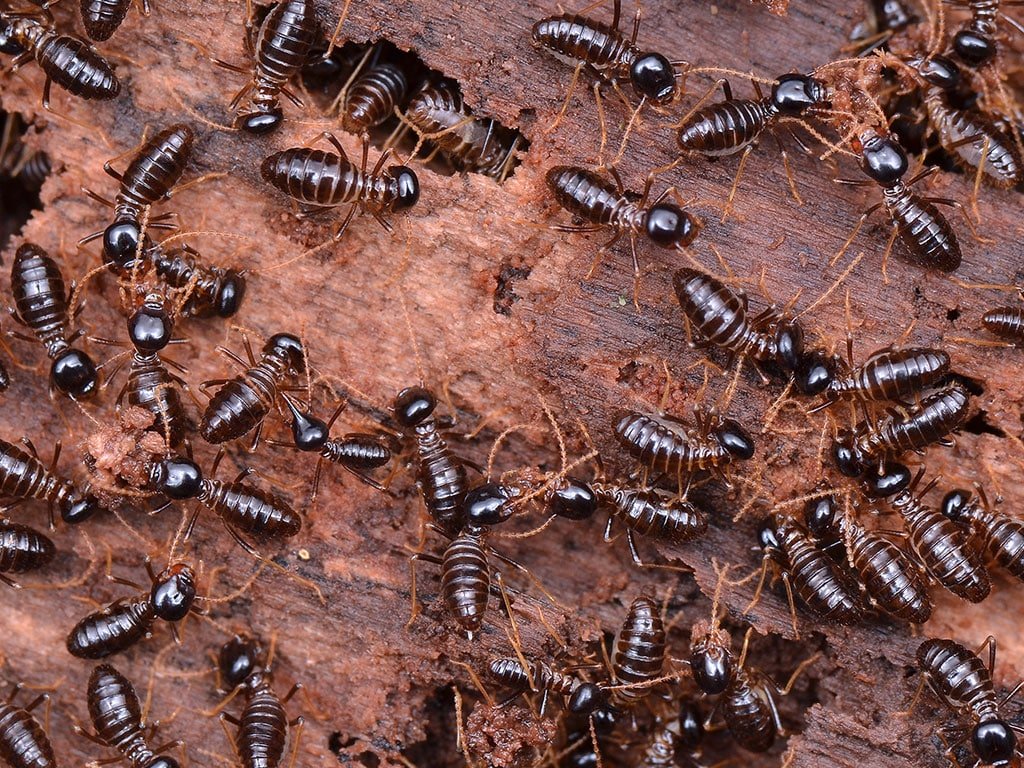

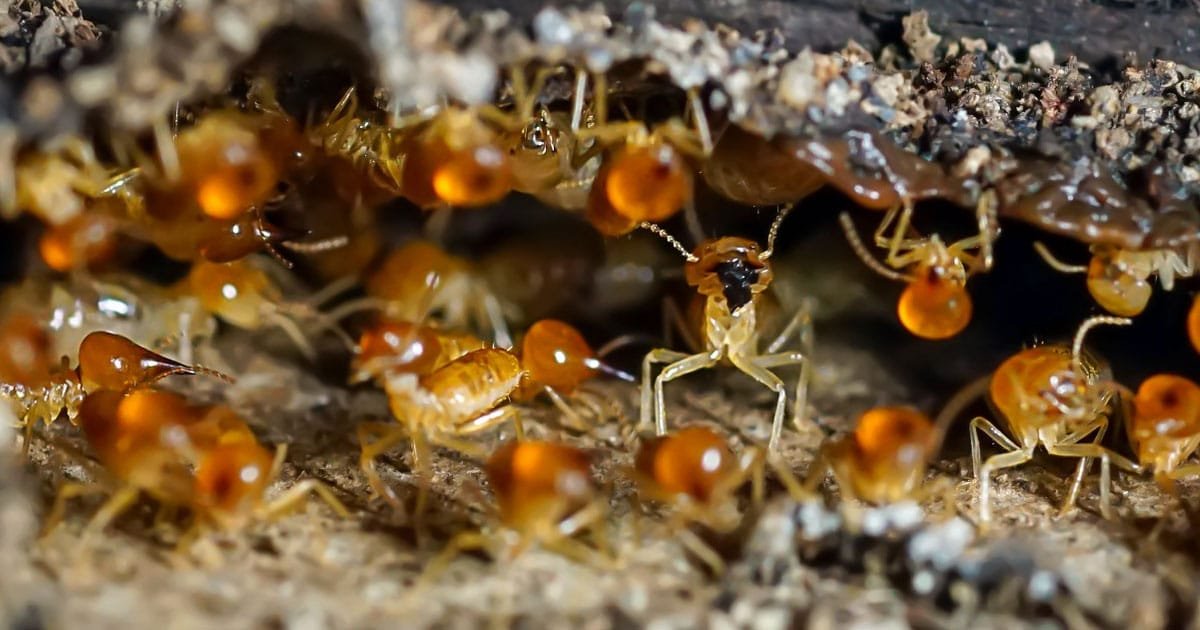

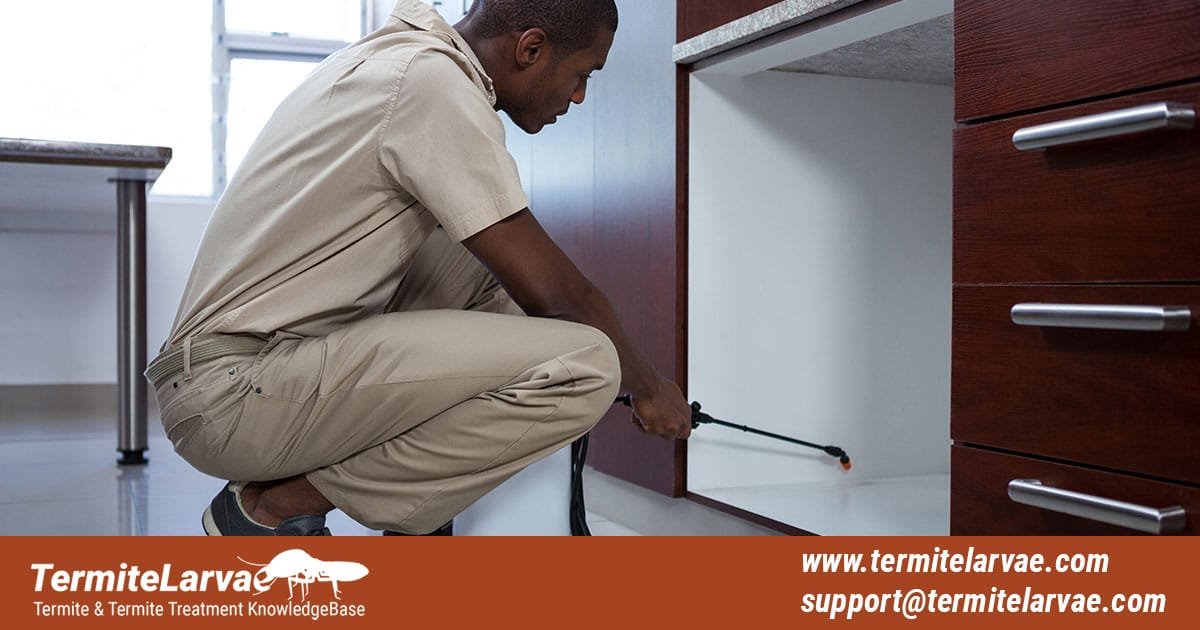
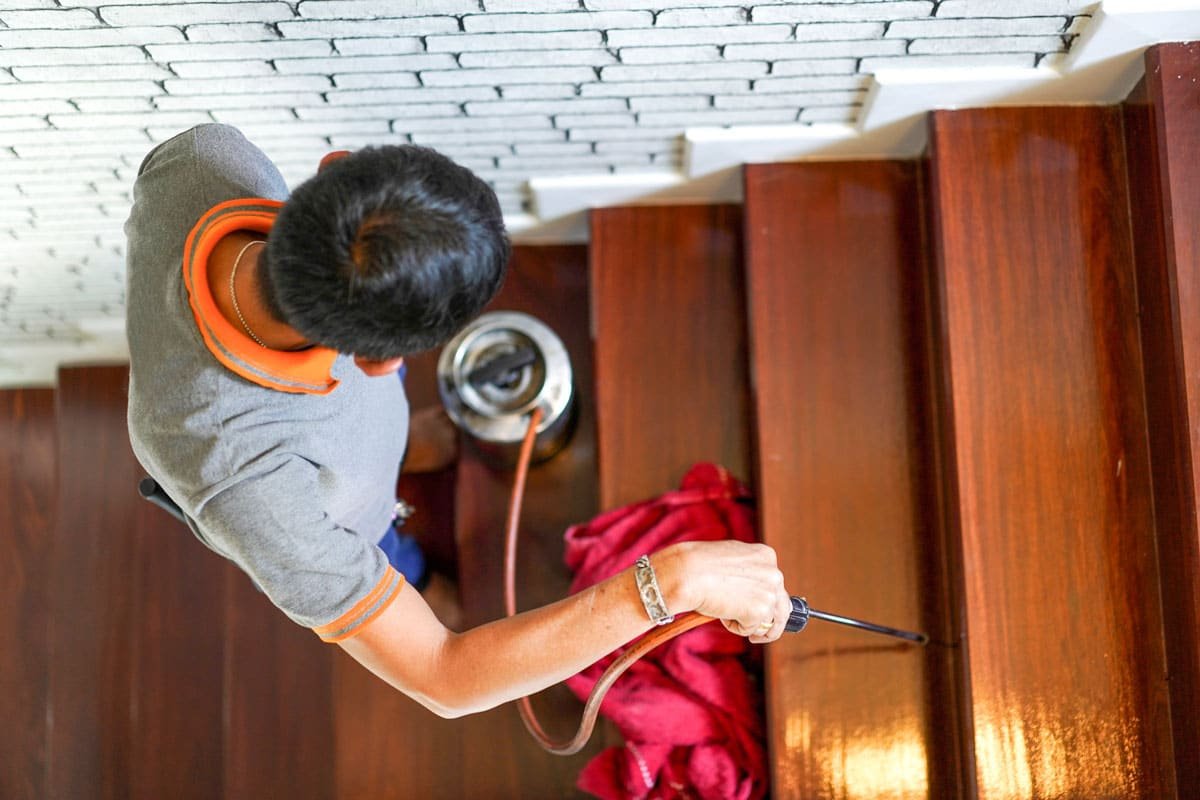


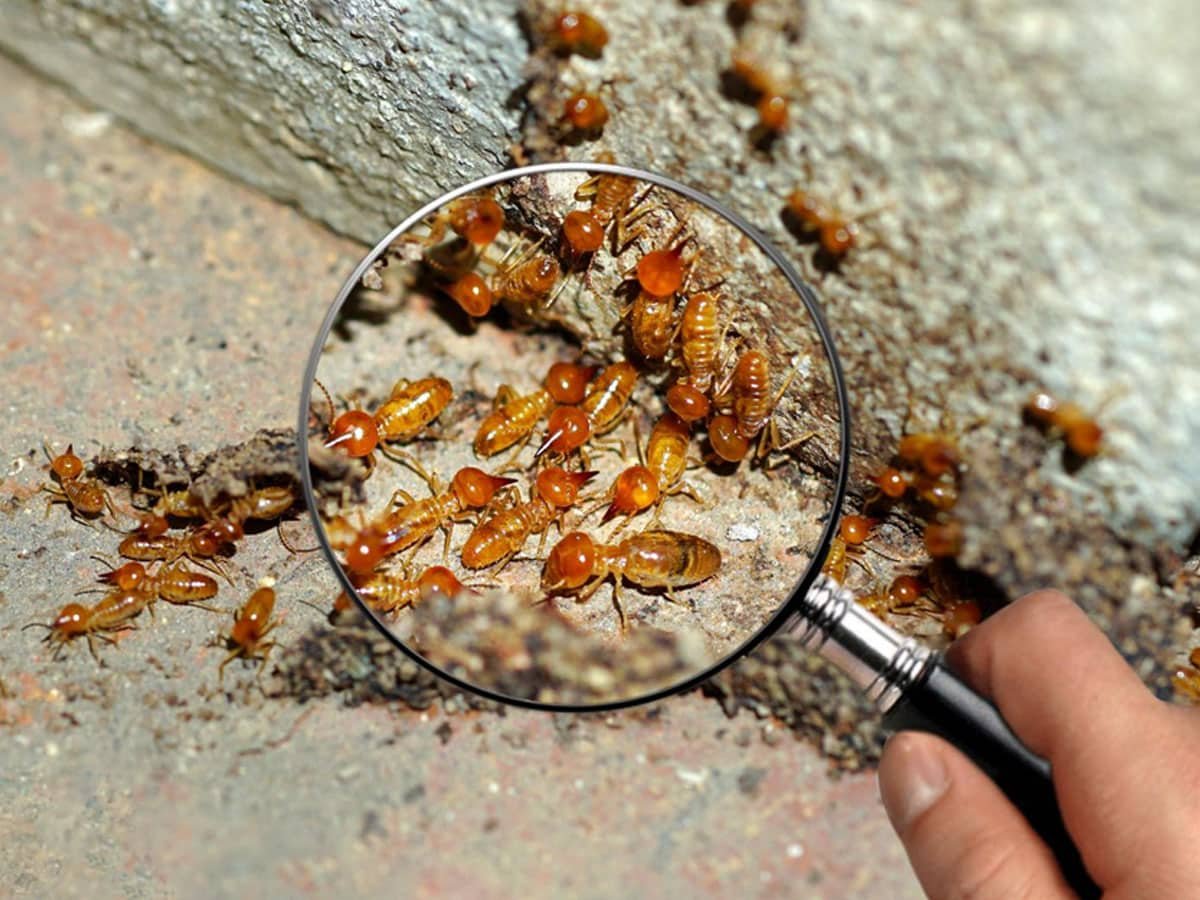




One Response
Visitor Rating: 5 Stars